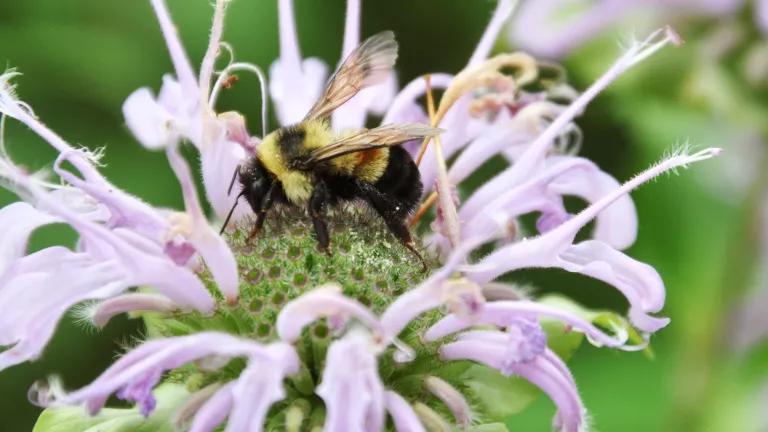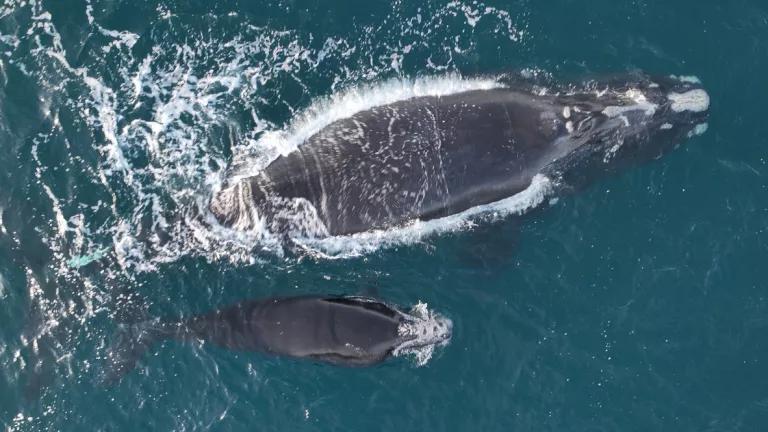Fish and Wildlife Commits to Act on Long-Delayed Habitat Protections for Disappearing Bee
A legal settlement with NRDC has put the agency—which is years behind schedule for fully protecting the endangered rusty patched bumblebee—back on track.

A legal settlement with NRDC has put the agency—which is years behind schedule for fully protecting the endangered rusty patched bumblebee—back on track.
Facing legal pressure from NRDC, the U.S. Fish and Wildlife Service agreed today to move forward with a timeline for designating critical habitat for the endangered rusty patched bumblebee. Under the settlement, the agency must decide whether it will designate the bee’s critical habitat by July 31, 2020; it then has until July 31, 2021 to finalize protections.
“The Fish and Wildlife Service has violated federal law—again—by not designating critical habitat for the rusty patched bumble bee,” says Lucas Rhoads, attorney for the Pollinator Initiative at NRDC. “This settlement is a step in the right direction to ensure the bee’s survival.”
The rusty patched bumblebee was listed under the Endangered Species Act in 2017—also only after being sued by NRDC. At the time, the Fish and Wildlife Service said it could not yet determine the bee’s habitat, but the law requires that the agency must do so within one year. When the agency failed to follow through on the deadline, NRDC sued again.
“The FWS must now do their part to protect the bee’s habitat or they’ll find themselves in court once more,” Rhoads says.
A recent U.N. report predicted the loss of one million species—some within decades—if the world continues business-as-usual. Like many other species, the rusty patched bumblebee’s populations have plummeted in recent decades, disappearing from nearly 90 percent of the areas it once inhabited due to habitat loss, pesticide use, climate change, and disease.



